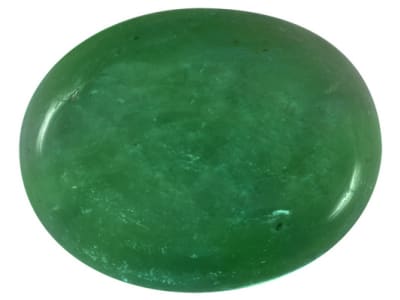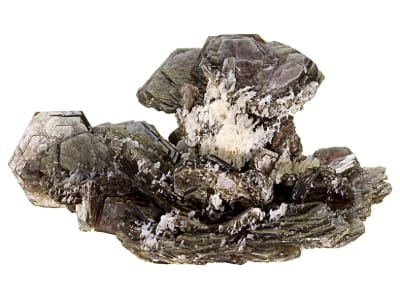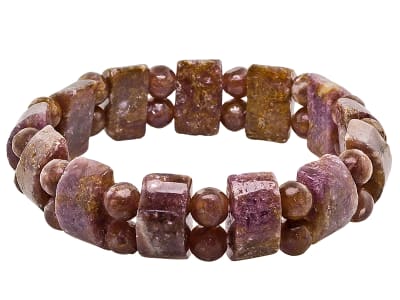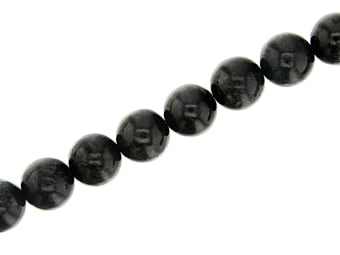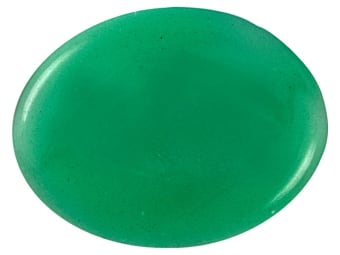Muscovite specimens are prized by collectors. Muscovite Mica is commonly used as a component in cosmetics, like eyeshadow, to produce shimmer.
General Information
Muscovite Colors
-
 Brown
Brown -
 Colorless
Colorless -
 Gray
Gray -
 Green
Green -
 Red
Red -
 White
White -
 Yellow
Yellow
Alternate Names
Isinglass, Fuchsite, Mica
Countries of Origin
Canada; Unknown; United States of America; Brazil
History
Because Muscovite has perfect cleavage sheets of the mineral was used in windows instead of glass. This material was given the name Muscovy glass because the source material was found in Russia's old Grad Principality of Muscovy.
Care
Muscovite is very soft, so be mindful of scratching. Requires gentle handling.
Species/Variety
Fuchsite
Chromium works its mineral-magic to make fuchsite appealingly green. The presence of chromium in gemstones (think ruby and emerald) is most often indicative of exciting color. Fuchsite is an excellent example of the effects of chromium. This sparkling green mica is a variety of muscovite. Micas are often added to makeup - they are the additive most responsible for the "youthful glow" that is so pleasing in foundations and eye shadows.
Phlogopite
Phlogopite is the reddish brown, gray, green, yellow variety of muscovite mica. It is sometimes called magnesium mica.
Verdite
Verdite is an opaque stone made up mostly of fuchsite that is used for ornamental objects. It is known to come from South Africa and Zimbabwe.
Lepidolite
Lepidolite is a beautiful lithium-rich member of the mica mineral family. Violet to pink in color, lepidolite has a scaly appearance seen in many specimens. This gemstone is not commonly known to be faceted and is primarily used in ornamental and decorative pieces.
